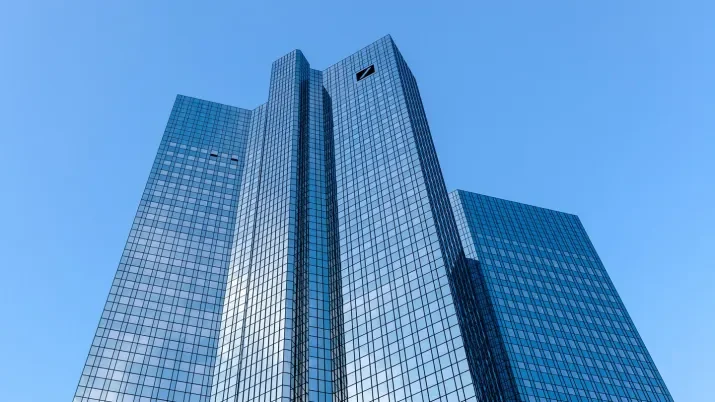Is a soft landing possible?
As this remarkable cycle rapidly progresses, thoughts have more recently turned to the chances of a US recession in 2023, and whether the Fed can somehow pull off a soft landing.
The rapid flattening of major government bond yield curves, and in particular this week’s brief inversion of the closely-watched 2s-10s differential in US Treasuries, have pushed this issue to the forefront of investors’ minds.
We are all now highly familiar with what a 2s-10s inversion typically means, which is a US recession will surely follow. However, it is worth pouring a little cold water on its predictive power as the timing of the subsequent recession varies so much. Historically it has taken as little as nine months and as long as nearly four years to appear, so while the reliability of the outcome can’t be denied, the timing makes it impossible to use as anything more than a warning signal. When the yield curve inverted in August 2019 and a recession followed in March 2020, no one had even heard of COVID-19. The inversion was correct as usual, but the recession that followed occurred for reasons that could not have been predicted.
Back to the recent flattening and this week’s curve inversion, I think we have to put this down to forward guidance, which is something investors have only benefited from in relatively recent history. The whole yield curve has moved rapidly higher, but the front end has outpaced the overall move because investors have reacted to the Fed’s forward guidance and priced in so many rate hikes, which in our view makes this rather less useful as a recession indicator. In fact, it’s questionable in economic terms how useful forward guidance can be when it comes to monetary policy tightening. Clearly it’s useful when the central bank wants to lend monetary support to a flagging economy, but the same cannot be said about the current situation. Nevertheless, here we are and the debate is open about a soft landing.
In our opinion, a soft landing in the US is still more likely than a hard landing, but it is clear that inflation is more persistent and at higher levels than the Fed has previously guided, which means a series of rate hikes is inevitable – and at a hiking pace that markets have not recently been accustomed to. It’s also clear that the US consumer has already endured a tough 12 months of inflation, which will have impacted spending power. These conditions look set to continue throughout 2022, and it comes at a time of sharply rising rates. Consequently it feels inevitable again that consumer confidence will be eroded, though government actions such as the recent oil reserve release can help at the margin. For a consumer driven economy like the US this is not good news, and therefore we have to factor in a reasonable dent to previously forecasted GDP growth.
However, our base case remains that a US recession will be avoided in 2023; we would put the chance of recession next year at something like 35%. This positive rationale is based on the evident strength of the economy as we entered 2022, and therefore the large buffer that the economy had to deal with the many shocks it has encountered. Absent that buffer our view would be different, as after all the economy has had to endure a supply chain shock, a demand shock, a consequential inflation shock, a commodity price shock and of course war in Ukraine. If we then add a material amount of monetary policy tightening, we must conclude that the large buffer the economy had in 2021 will be eroded by the end of 2022.
If the rate hikes come through as expected we will have a US economy that has all the hallmarks of being late-cycle and without a large GDP growth buffer to rely on. This is the typical late-cycle position that investors face.
Before getting too bearish though, a late-cycle economy can last a long time and risk assets can become quite expensive in late-cycle, though of course that is not always the case. However, it is worth remembering it is usually some sort of shock or surprise to the economy that tips the cycle over the edge and once we reach late-cycle the economy is at its most vulnerable, so any fresh surprises might not be absorbed the way the recent ones have been.
So our base case is that the economy lands softly, but by the time it does, we will either be close to or in late cycle, and we can hope valuations pick up and follow along the way. Additionally, long dated US Treasury yields are climbing, which should help investors balance portfolios when we get there.



